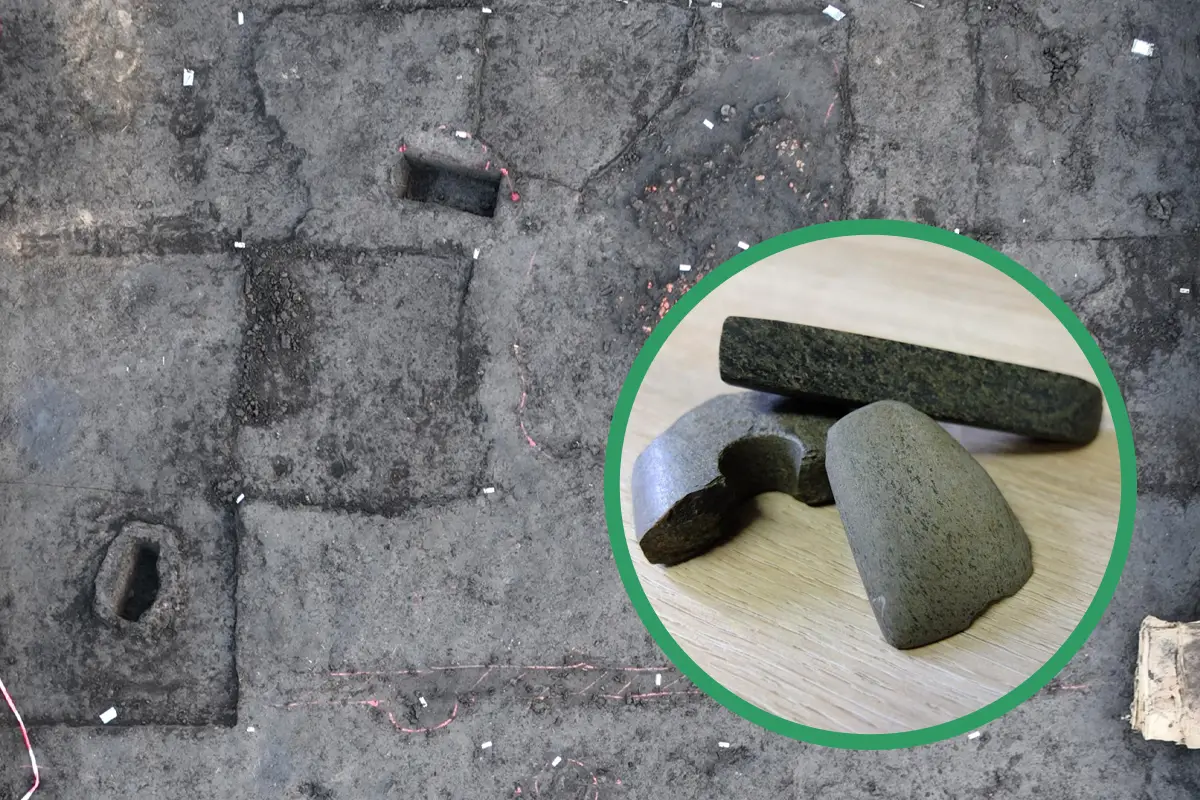Archaeologists are excavating a fortified settlement associated with the Linear Pottery Culture at Eilsleben in Saxony-Anhalt, Germany.
The Linear Pottery Culture (LBK) is a major archaeological horizon of the European Neolithic period from 5500 to 4500 BC.
The site at Eilsleben was first identified during the 1920’s, revealing one of Central Europe’s largest Neolithic settlements.
Excavations conducted from 1974 to 1989 unearthed the remnants of ancient homes, numerous burials, and pits likely used for ritualistic human and animal sacrifices.
The settlement phases of the site can be divided into two distinct periods.
The earliest phase features north-south oriented dwellings, as well as remnants of a defensive trench measuring up to 3 metres in width. In the later phase, a central spring was fortified with a rampart, palisade and ditch, with further structural changes to form a giant trapezoidal structure.
Archaeologists from the State Office for Heritage Management and Archaeology (LDA) Saxony-Anhalt recently excavated a 200-square-metre area to carry out a sediment analysis, along with micromorphological and phytolith studies.
Using these modern scientific methods, the researchers hope to understand the site formation, as well as the levels of occupational activity within the wider settlement area.
Excavations also found extensive find material, consisting of pottery vessel fragments, stone implements (e.g., blades, arrowheads, axes) and bone and antler objects.
According to the archaeologists, the find material is providing deeper insights into the interactions between the region’s earliest farmers in the fertile Magdeburg Börde and the contemporary hunter-gatherer societies.
The LDA said: “The excavations are already showing that the Neolithic settlement remains are surprisingly well preserved. The excavators found post holes of houses as well as the remains of wattle and daub house walls. The concentrations of finds are enabling conclusions to be drawn about the use of the spaces within the settlement.”
Header Image Credit : LDA
Sources : State Office for Heritage Management and Archaeology (LDA) Saxony-Anhalt







